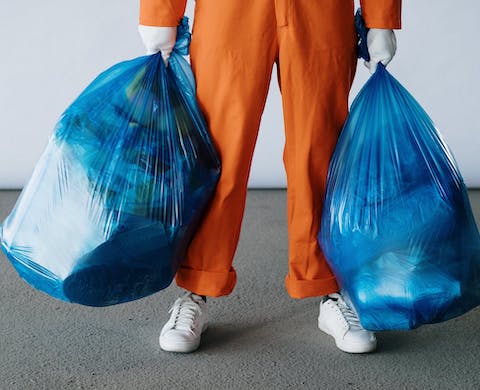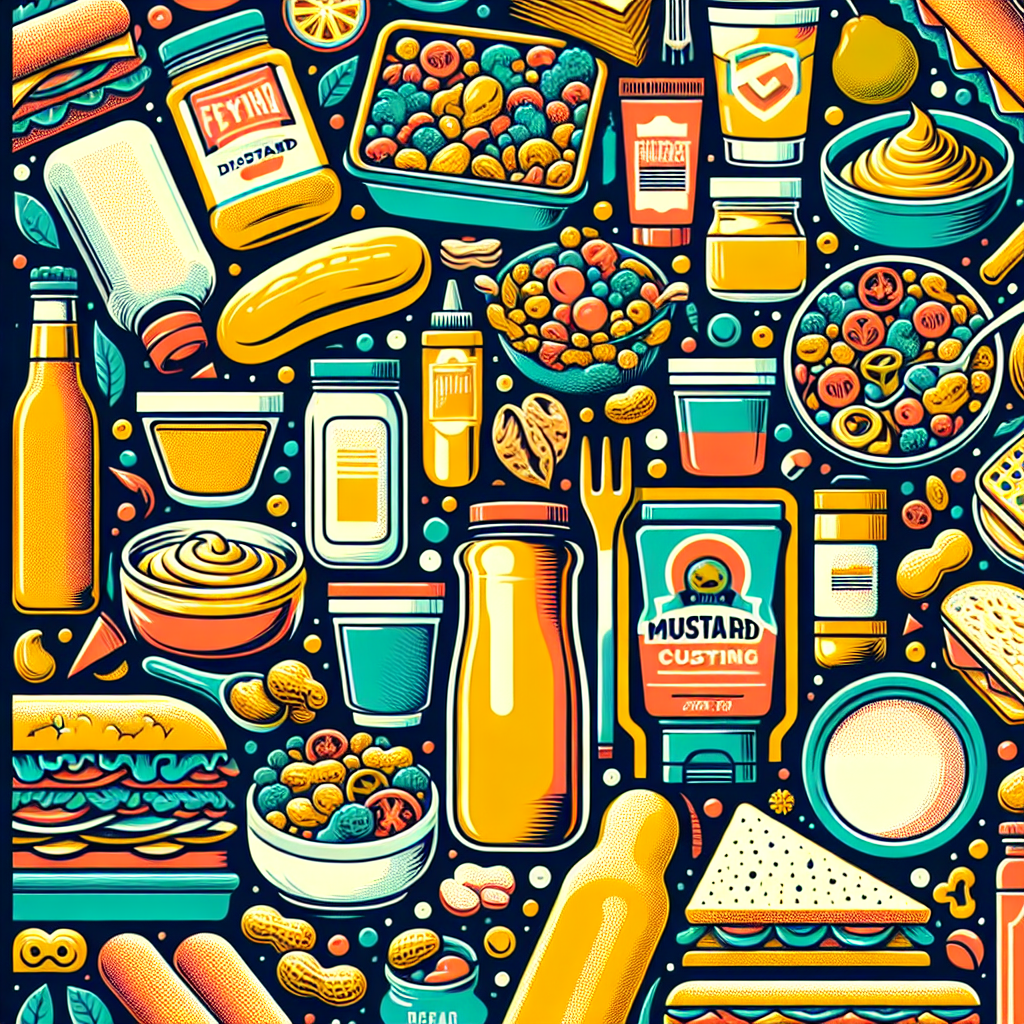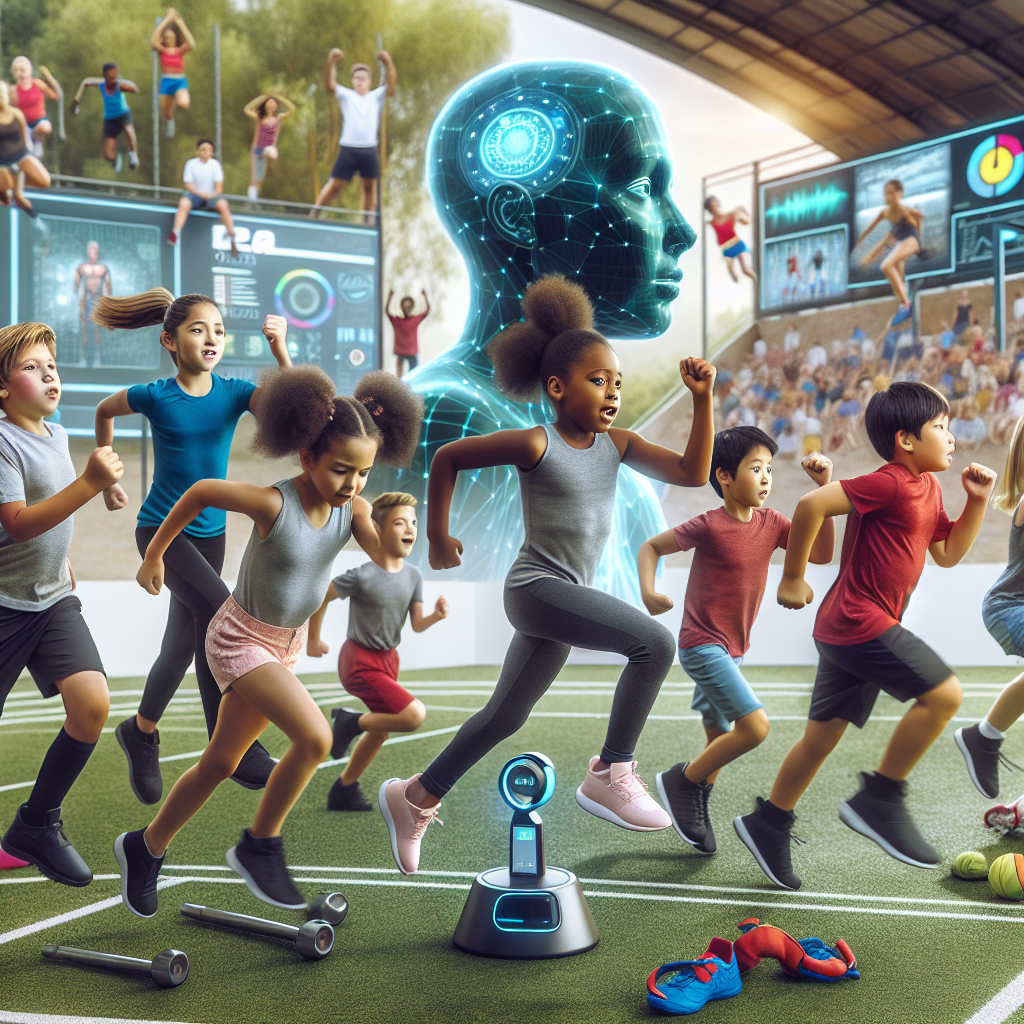A science group in America called the Biomimicry Institute is working on a project to find a natural way to break down waste polyester and nylon. They want to use things like enzymes or bacteria to turn these manmade fibers into something that won’t harm the environment. The project wants to find better ways to break down old fabrics and also to create new materials. The fashion industry creates a lot of waste, with many clothes being thrown away and very few being recycled.
Lycra, a company that makes spandex, is trying to find a natural replacement for its oil-based fibers. They are working with a company called Qore to create a new material from corn. Lycra plans to use a lot of this corn-based fiber in its products and hopes to reduce its carbon footprint by 44%. Even though the first version of this corn-based Lycra can’t be recycled, the company is trying to fix this problem.
Other companies are also looking at using natural materials to make clothes. MycoWorks makes a material like leather from mushrooms, Faber Futures uses bacteria from soil to dye textiles, and Spinnova turns wood pulp into fabric. These new ways of making clothes could reduce waste and be better for the environment. But for this to work, brands and people need to change their habits and recycle and reuse old clothes more.
Original news source: The hunt for a new way to tackle clothing waste (BBC)
Listen
Slow
Normal
Fast
Group or Classroom Activities
Warm-up Activities:
– Charades
Instructions: Divide the class into small groups. Give each group a word or phrase related to the article (e.g. enzymes, bacteria, natural materials). One person from each group will act out the word or phrase without speaking, while the others try to guess what it is. The group that guesses correctly gets a point. Repeat with different words or phrases.
– News Summary
Instructions: Have the class read the article individually or in pairs. After reading, ask each student to write a summary of the article in their own words. Then, have them share their summaries with a partner and discuss any differences or similarities. Finally, ask a few students to share their summaries with the whole class and lead a brief discussion about the main points of the article.
– Opinion Poll
Instructions: Create a list of statements related to the article (e.g. “Using natural materials to make clothes is a good idea,” “Recycling old clothes is important for the environment”). Have the students walk around the classroom and ask their classmates for their opinions on each statement. They should record their classmates’ responses (e.g. agree, disagree, unsure). Afterward, gather the class together and have a discussion about the different opinions and reasons behind them.
– Vocabulary Pictionary
Instructions: Write a list of vocabulary words from the article on the board (e.g. polyester, nylon, enzymes, bacteria). Divide the class into small groups and give each group a set of paper and markers. One person from each group will choose a word and draw a picture to represent it, while the others try to guess what it is. The group that guesses correctly gets a point. Repeat with different words.
– Future Predictions
Instructions: Discuss with the class the future implications of the article. Ask them to make predictions about how the fashion industry might change in the next 10 years as a result of developments in eco-friendly materials and recycling. Have the students work in pairs or small groups and write down their predictions. Then, ask a few groups to share their predictions with the whole class and lead a discussion about the different possibilities.
Comprehension Questions:
1. What is the Biomimicry Institute trying to do with waste polyester and nylon?
2. Why does the fashion industry create a lot of waste?
3. What is Lycra trying to find a replacement for?
4. What material is Lycra trying to create from corn?
5. How does Lycra plan to reduce its carbon footprint?
6. What are some other companies doing to make clothes in a more natural way?
7. What do brands and people need to do in order for these new ways of making clothes to work?
Go to answers ⇩
Listen and Fill in the Gaps:
A science group in America called the Biomimicry Institute is working on a project to (1)______ a natural way to break down waste polyester and nylon. They want to use things like enzymes or bacteria to turn these manmade (2)______ into something that won’t harm the environment. The project wants to find better (3)______ to break down old fabrics and also to create new (4)______s. The fashion (5)______ creates a lot of waste, with many clothes being thrown away and very few being recycled.
Lycra, a company that makes spandex, is trying to find a natural (6)______ for its oil-based fibers. They are working with a company called Qore to create a new material from corn. Lycra plans to use a lot of this corn-based fiber in its products and hopes to reduce its carbon footprint by 44%. Even though the first version of this corn-based Lycra can’t be recycled, the company is trying to fix this problem.
Other companies are also (7)______ at (8)______ natural (9)______ to make clothes. MycoWorks makes a material like leather from mushrooms, Faber Futures uses bacteria from (10)______ to dye textiles, and Spinnova turns wood pulp into fabric. These new ways of making (11)______ could reduce waste and be better for the environment. But for this to work, brands and people need to change their habits and recycle and (12)______ old clothes more.
Go to answers ⇩
Discussion Questions:
Students can ask a partner these questions, or discuss them as a group.
1. What is the Biomimicry Institute trying to do with waste polyester and nylon?
2. How would you feel if clothes were made from corn instead of oil?
3. Do you like the idea of using mushrooms to make material like leather? Why or why not?
4. Do you think it’s important for companies to find ways to reduce waste in the fashion industry? Why or why not?
5. What is one way that Lycra is trying to reduce its carbon footprint?
6. How would you feel if your clothes were made from wood pulp?
7. Do you think it’s a good idea for brands and people to recycle and reuse old clothes? Why or why not?
8. What are some natural materials that companies are using to make clothes?
9. How would you feel if your clothes were dyed using bacteria from soil?
10. Do you think it’s important for companies to find ways to make clothes that don’t harm the environment? Why or why not?
11. What do you think is the biggest challenge in getting people to recycle and reuse old clothes?
12. How would you feel if there were more clothes made from natural materials instead of manmade fibers?
Individual Activities
Vocabulary Meanings:
Match each word to its meaning.
Words:
1. polyester
2. enzymes
3. bacteria
4. fibers
5. waste
6. recycled
7. leather
8. textiles
Meanings:
(a) A material made from animal skin
(b) Materials used to make fabrics
(c) A type of fabric that is manmade
(d) Things that are thrown away and not used
(e) Tiny living things that can break down polyester
(f) Thin strands that make up fabrics
(g) Tiny things that can break down polyester
(h) Used again to make something new
Go to answers ⇩
Multiple Choice Questions:
1. What is the name of the science group working on finding a natural way to break down waste polyester and nylon?
(a) Lycra
(b) Qore
(c) MycoWorks
(d) Biomimicry Institute
2. What is the fashion industry creating a lot of?
(a) New materials
(b) Enzymes
(c) Bacteria
(d) Waste
3. Which company is trying to find a natural replacement for its oil-based fibers?
(a) Biomimicry Institute
(b) Qore
(c) Lycra
(d) MycoWorks
4. What material is MycoWorks making like leather?
(a) Mushrooms
(b) Corn
(c) Bacteria
(d) Wood pulp
5. What does Faber Futures use to dye textiles?
(a) Bacteria from soil
(b) Mushrooms
(c) Corn
(d) Wood pulp
6. What does Spinnova turn into fabric?
(a) Mushrooms
(b) Wood pulp
(c) Corn
(d) Bacteria from soil
7. What do brands and people need to do for the new ways of making clothes to work?
(a) Throw away more clothes
(b) Use more oil-based fibers
(c) Change their habits and recycle and reuse old clothes more
(d) Create more waste
8. What is Lycra trying to reduce with its corn-based fiber?
(a) Waste
(b) Carbon footprint
(c) Enzymes
(d) Bacteria
Go to answers ⇩
True or False Questions:
1. The Biomimicry Institute in America is trying to find a natural way to break down polyester and nylon waste.
2. Lycra, a company that makes spandex, is looking for a synthetic replacement for its oil-based fibers.
3. The project aims to find worse ways to break down old fabrics and create new materials.
4. Lycra plans to use a lot of this corn-based fiber in its products and hopes to reduce its carbon footprint by 44%.
5. The fashion industry creates little waste, with many clothes being recycled and very few being thrown away.
6. Other companies are also exploring the use of natural materials to make clothes, such as mushrooms, bacteria, and wood pulp.
7. They want to use chemicals or bacteria to turn manmade fibers into something that won’t harm the environment.
8. Lycra is working with a company called Qore to create a new material from corn.
Go to answers ⇩
Write a Summary:
Write a summary of this news article in two sentences.
Check your writing now with the best free AI for English writing!
Writing Questions:
Answer the following questions. Write as much as you can for each answer.
Check your answers with our free English writing assistant!
1. What is the Biomimicry Institute trying to do with waste polyester and nylon?
2. Why is it important for the fashion industry to find better ways to break down old fabrics?
3. What is Lycra trying to use instead of oil-based fibers?
4. How does Lycra plan to reduce its carbon footprint?
5. How are other companies using natural materials to make clothes?
Answers
Comprehension Question Answers:
1. What is the Biomimicry Institute trying to do with waste polyester and nylon?
The Biomimicry Institute is trying to find a natural way to break down waste polyester and nylon using things like enzymes or bacteria.
2. Why does the fashion industry create a lot of waste?
The fashion industry creates a lot of waste because many clothes are thrown away instead of being recycled.
3. What is Lycra trying to find a replacement for?
Lycra is trying to find a replacement for its oil-based fibers.
4. What material is Lycra trying to create from corn?
Lycra is trying to create a new material from corn.
5. How does Lycra plan to reduce its carbon footprint?
Lycra plans to reduce its carbon footprint by using a lot of the corn-based fiber in its products.
6. What are some other companies doing to make clothes in a more natural way?
Other companies are making clothes from mushrooms, using bacteria to dye textiles, and turning wood pulp into fabric.
7. What do brands and people need to do in order for these new ways of making clothes to work?
Brands and people need to change their habits and recycle and reuse old clothes more for these new ways of making clothes to work.
Go back to questions ⇧
Listen and Fill in the Gaps Answers:
(1) find
(2) fibers
(3) ways
(4) material
(5) industry
(6) replacement
(7) looking
(8) using
(9) materials
(10) soil
(11) clothes
(12) reuse
Go back to questions ⇧
Vocabulary Meanings Answers:
1. polyester
Answer: (c) A type of fabric that is manmade
2. enzymes
Answer: (g) Tiny things that can break down polyester
3. bacteria
Answer: (e) Tiny living things that can break down polyester
4. fibers
Answer: (f) Thin strands that make up fabrics
5. waste
Answer: (d) Things that are thrown away and not used
6. recycled
Answer: (h) Used again to make something new
7. leather
Answer: (a) A material made from animal skin
8. textiles
Answer: (b) Materials used to make fabrics
Go back to questions ⇧
Multiple Choice Answers:
1. What is the name of the science group working on finding a natural way to break down waste polyester and nylon?
Answer: (d) Biomimicry Institute
2. What is the fashion industry creating a lot of?
Answer: (d) Waste
3. Which company is trying to find a natural replacement for its oil-based fibers?
Answer: (c) Lycra
4. What material is MycoWorks making like leather?
Answer: (a) Mushrooms
5. What does Faber Futures use to dye textiles?
Answer: (a) Bacteria from soil
6. What does Spinnova turn into fabric?
Answer: (b) Wood pulp
7. What do brands and people need to do for the new ways of making clothes to work?
Answer: (c) Change their habits and recycle and reuse old clothes more
8. What is Lycra trying to reduce with its corn-based fiber?
Answer: (b) Carbon footprint
Go back to questions ⇧
True or False Answers:
1. The Biomimicry Institute in America is trying to find a natural way to break down polyester and nylon waste. (Answer: True)
2. Lycra, a company that makes spandex, is looking for a synthetic replacement for its oil-based fibers. (Answer: False)
3. The project aims to find worse ways to break down old fabrics and create new materials. (Answer: False)
4. Lycra plans to use a lot of this corn-based fiber in its products and hopes to reduce its carbon footprint by 44%. (Answer: True)
5. The fashion industry creates little waste, with many clothes being recycled and very few being thrown away. (Answer: False)
6. Other companies are also exploring the use of natural materials to make clothes, such as mushrooms, bacteria, and wood pulp. (Answer: True)
7. They want to use chemicals or bacteria to turn manmade fibers into something that won’t harm the environment. (Answer: False)
8. Lycra is working with a company called Qore to create a new material from corn. (Answer: True)
Go back to questions ⇧













